So you’re about to visit Cebu City, the capital city of one of the most popular and historic island-provinces in the Philippines. Lucky you! I honestly wish I was back there because I really enjoyed my time there. Cebu just had so many places to explore and discover. I personally found it to be rather invigorating. As someone who appreciates history, I think only Manila and Vigan come close to the historical significance of Cebu and Cebu City. The province is chock full of things to do, so I hope this Cebu City itinerary can help you figure out what you want to see and do when you’re there.
This dynamic city is a testament to the richness of the Philippines’ heritage, especially since Cebu City is the oldest city in the country. With attractions like centuries-old homes, elegant churches, and striking temples, Cebu City has something for everyone. Couple that with the amazing five-star resorts and beaches found on Mactan island and you’ve got an all-around destination with something for everyone. Continue reading this Cebu City itinerary to discover what this city has to offer.
Click the following links to book popular Cebu Tours: Canyoneering Experience, Pescador Island Snorkeling, Cebu City Tour, and Whale Shark Swimming Tour!
Subscribe to my Youtube channel @ Stephen Flores Travel, like me on Facebook at Passport Perspective, and follow me on Instagram / Twitter / Tiktok @StephenJFlores.
This post contains affiliate links. We receive a small commission for purchases made after clicking on these links at no extra cost to you.
Introduction to this Cebu City Itinerary
First off, I want to say that there’s a reason why this itinerary is only three days long. I believe that, if you budget your time wisely, you could get the full Cebu City experience in three days, and this includes setting aside one day to lounge on the beach or take a dip in the pool. If you’re on a budget though and don’t want to pay extra for a beach day, then this itinerary can be accomplished in as little as 2 or even 1 day if you rush through all the attractions (which I would not recommend as you would not be able to appreciate and enjoy everything).
This makes Cebu City a great destination for people with full-time jobs, as they can probably do the entire city in a weekend, which means they wouldn’t have to take any paid time off. Just time your trip with a long weekend and you’ll be able to experience the best this city has to offer while simultaneously saving your vacation days.
I separated the attractions into two categories: those in the Historic District and those on the outskirts of Cebu city, and allotted a day of exploring to each category. Like I said, you could do all of these in a day if you wanted to, and you probably will if you book a tour through Klook for example, but if you really want to soak up the experience each attraction gives you, I would really recommend splitting up the itinerary into two days.
Day 1: Historic Cebu City
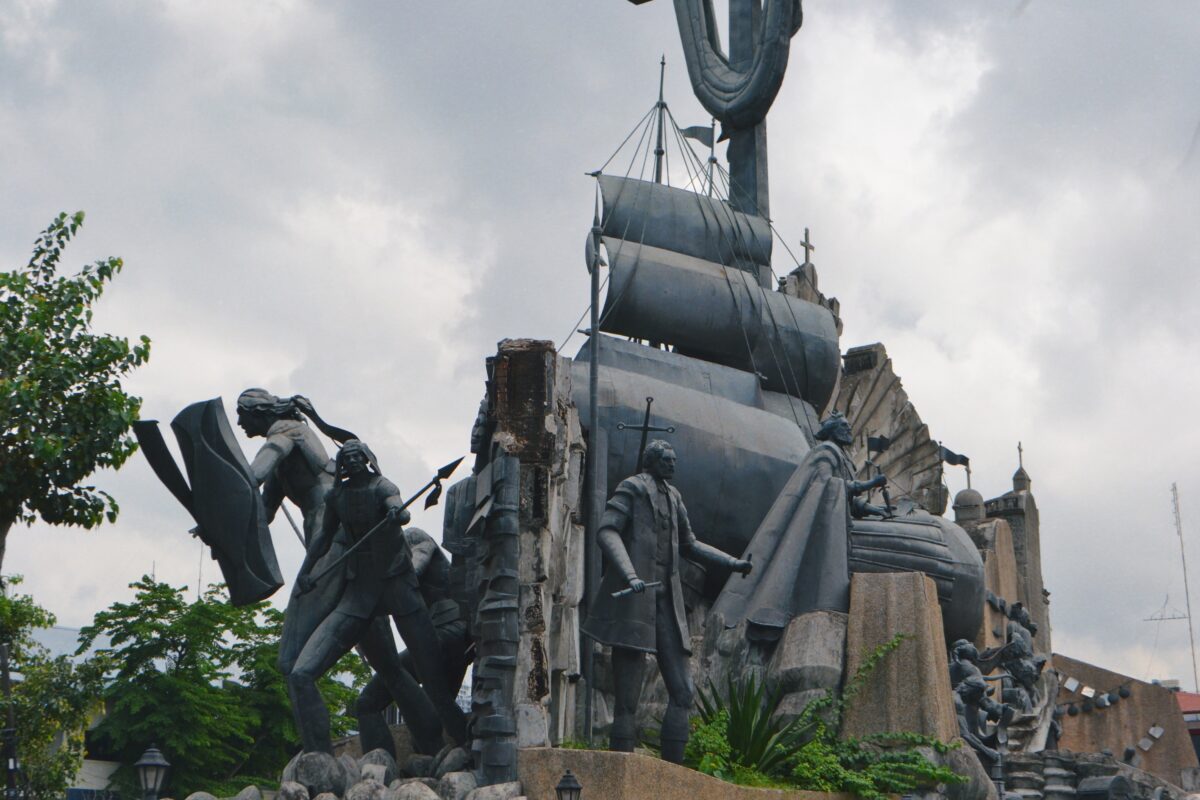
The timing of your first day would depend on when you arrive in Cebu City. If you arrive in the afternoon or at night, you should do this this itinerary the following day. If you arrive in the morning, however, you can do this itinerary in the afternoon of your arrival day. Take note, however, that some of these attractions close at 5pm so if you want to experience all of them, you’ll need to make sure you don’t waste any time.
There are two ways you could do these attractions in: North to South or South to North. If you’re planning on eating at the restaurants in Colon Street for lunch or dinner, I would advise you to do the South to North route (which starts at Fort San Pedro and ends at Casa Gorordo).
Presented here is the South to North route:
Fort San Pedro
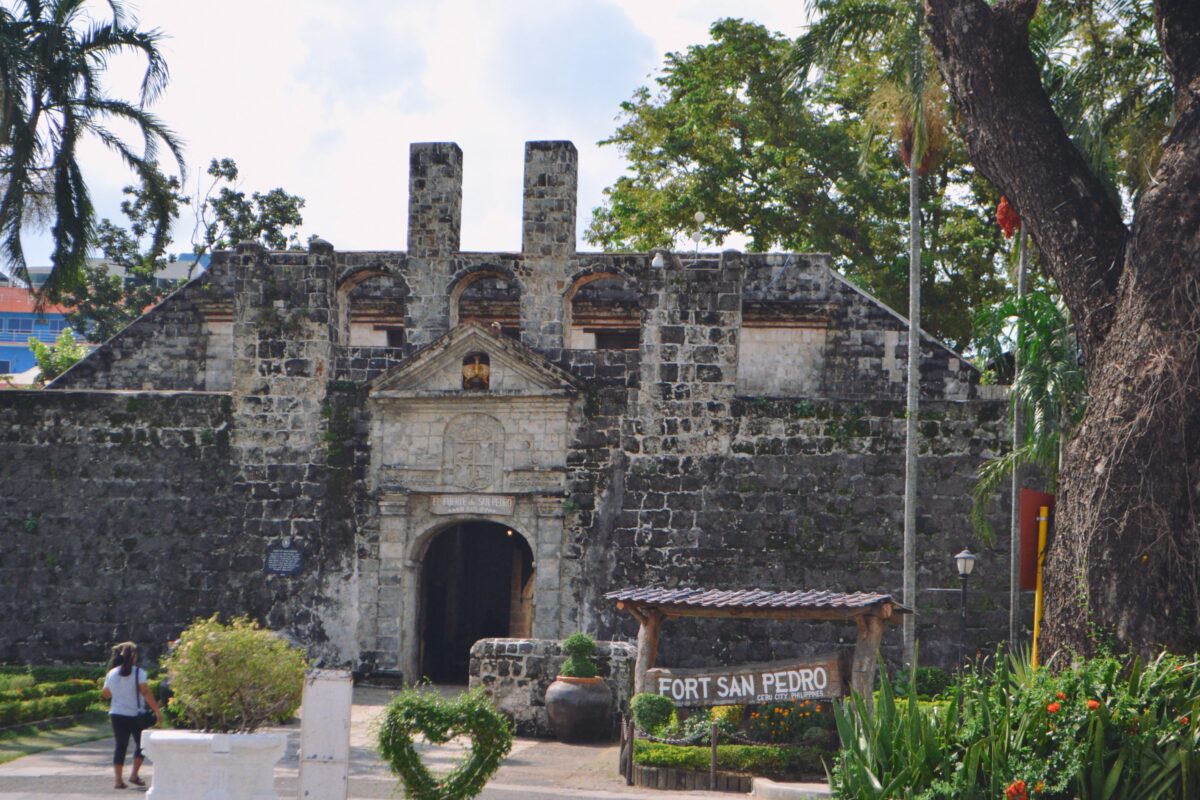
Created with RNI Films app. Preset ‘Agfa Optima 200 v.2’
You’ll start your day at Fort San Pedro, which is the oldest and smallest fort in the Philippines. This triangular fort is steeped in history and is one of the oldest structures in the country, though it has been rebuilt several times. This is the southernmost tourist attraction in the Historic Cebu district so it’s the perfect place to start your itinerary. While you’re here, don’t forget to encircle the top of the fort to see real canons and the bastions on each corner of the fort.
Basilica Del Sto. Niño

Created with RNI Films app. Preset ‘Agfa Optima 200 v.2’
Housing one of the oldest and most revered Catholic artifacts in the Philippines, this Basilica is as grand as they come. The interior of the main church itself, with its wooden beams and its heavily embellished altar, is among the most beautiful church interiors in the country. But the highlight of this church is the statue of the Santo Niño, or baby Jesus, that can be located in the courtyard / cloister to the left of the church. This artifact is over 500 years old and was first brought to Cebu by Ferdinand Magellan in 1521. A visit to Cebu would not be complete without taking a peek at the statue of the Sto. Niño.
Magellan’s Cross
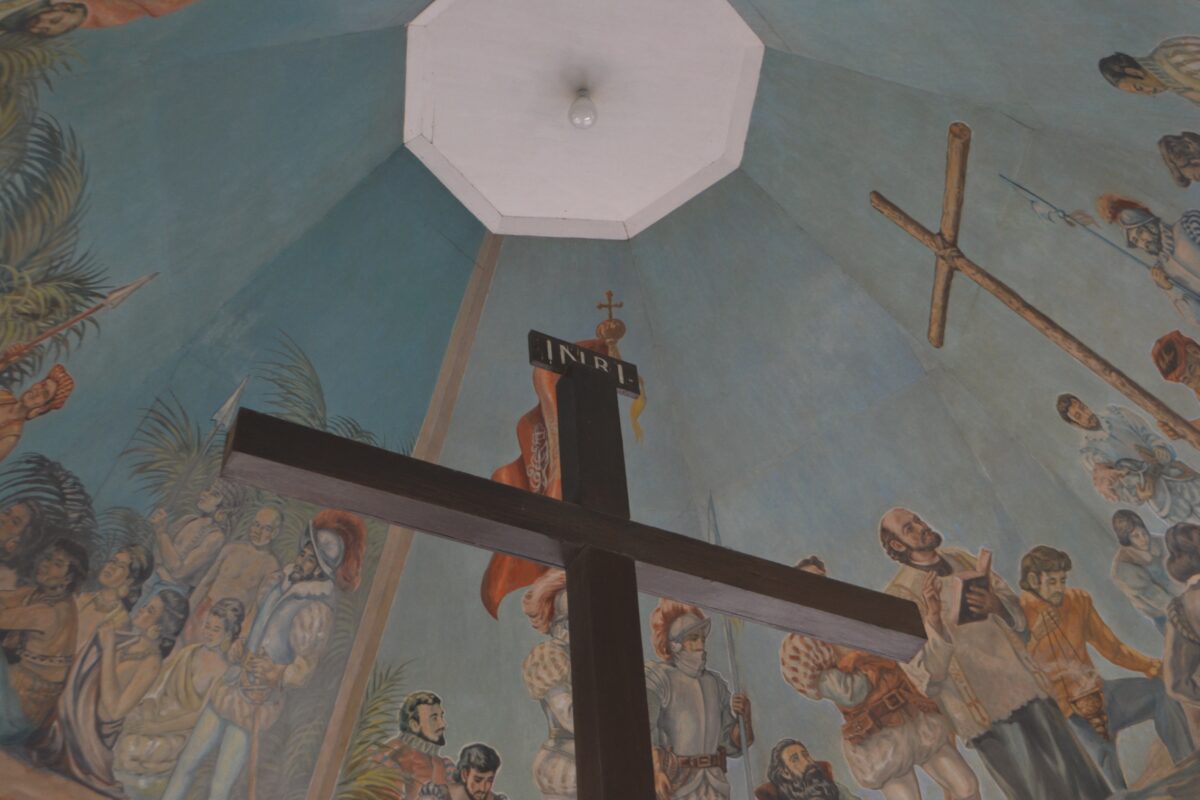
Directly beside the basilica is a pagoda that houses the second most important and historic artifact in Cebu City: Magellan’s Cross. When Magellan landed in Cebu 500 years ago, he planted a cross on the ground to signify the arrival of Catholicism in the region. That cross still stands where it was planted today. Fun fact: the cross you see in the pagoda is not actually the cross but a case that houses the actual cross (they had to do this because people started chipping away at the real cross, thinking it was miraculous). Don’t forget to admire the beautiful painting on the ceiling depicting the arrival of Magellan in Cebu.
Cebu Metropolitan Cathedral
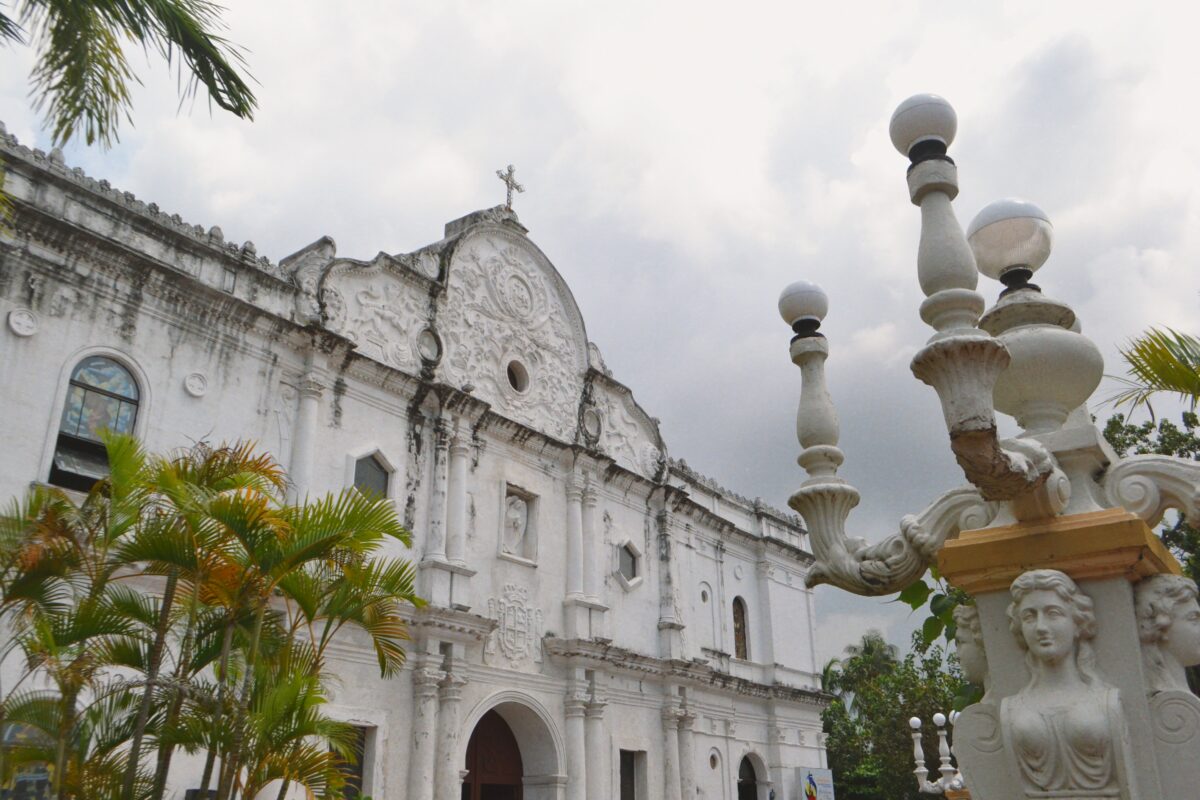
North of the Basilica and the cross is another significant church: the Cebu Metropolitan Cathedral. Its white exterior can be seen from a mile away and, while the interior isn’t as impressive as the Basilica’s, it’s still worth a look around if you like churches. If the Basilica was more than enough for you though, feel free to skip this one.
Colon Street

The shortest and oldest national road in the country, Colon street has some interesting shops, restaurants, and malls lining the sides of the street. It’s not the cleanest or the most well-maintained road in the world, and while it’s worth going to just to say you’ve been there, you could probably skip this as well unless you’re interested in eating or shopping here. I would highly recommend trying the restaurants here as they’re as authentic to the Cebu experience as you can get.
1730 Jesuit House Museum
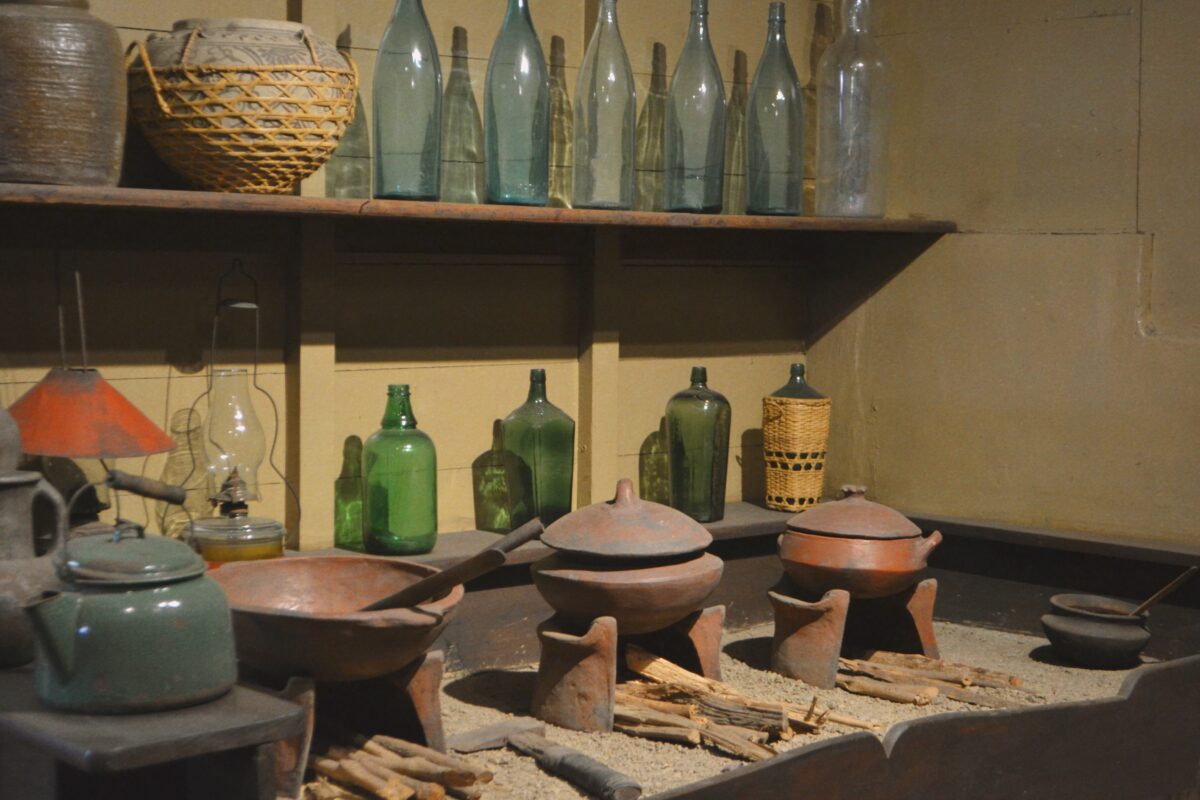
Created with RNI Films app. Preset ‘Agfa Optima 200 Warm’
The undisputed highlight of this part of the itinerary. This historical house encased in a modern warehouse has an interesting museum on Cebu and its role in Philippine history on the first floor while its second floor is dedicated to recreating how a house in 18th century Cebu would have looked like, with areas such as a kitchen, a living room, and a dining room. They also had old typewriters and cameras on display as well. All in all, this was well worth the price of admission and I would highly recommend you set aside an hour to explore this museum.
Yap-Sandiego House
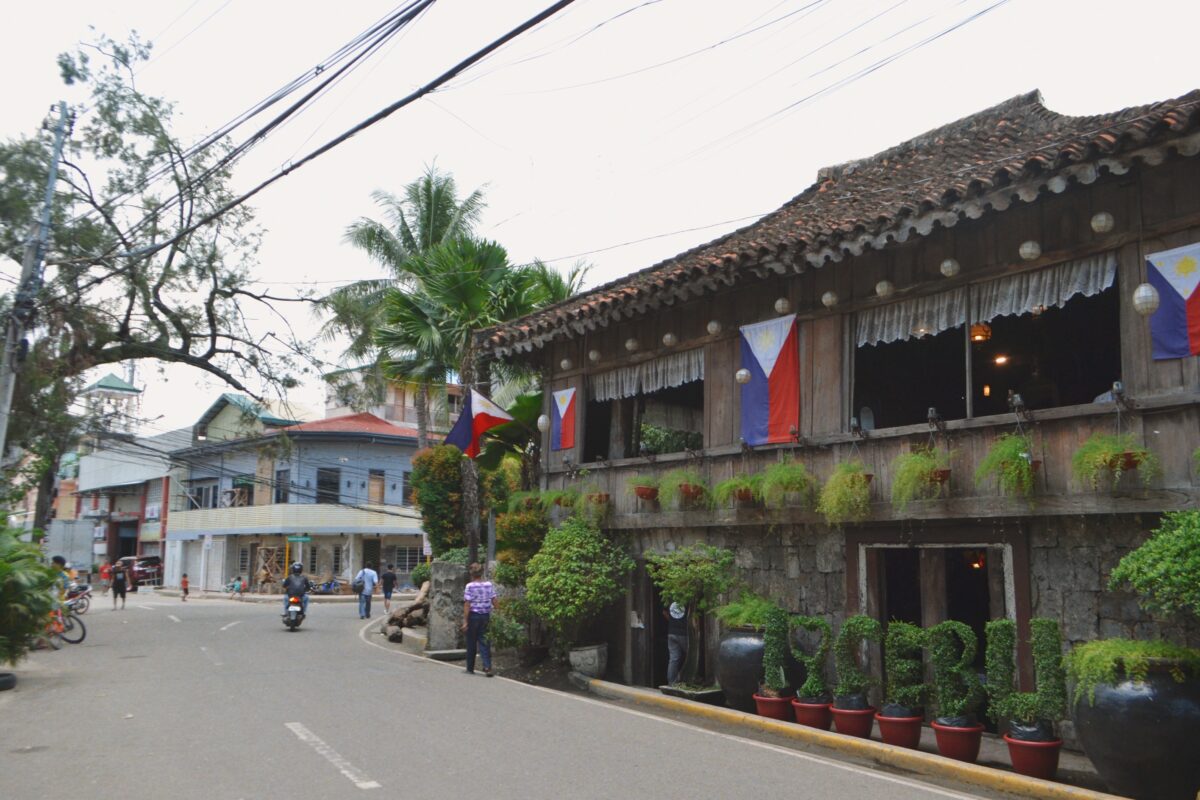
Another equally historic house just steps away from the Jesuit House, this house has an eclectic collection of old furniture and crockery. While not as big as the Jesuit House (you can go around this house in 15 minutes) it does have a certain charm, and spookiness, to it. Check out the bedroom to see how people slept centuries ago, and make sure to see the small garden located to the left of the house.
Casa Gorordo
Rounding out the trio of historical houses in the Parian district is Casa Gorordo. Arguably the most famous house, this house is similar to Casa Manila in Intramuros in Manila. While I did not visit it on my last trip as it was under refurbishment, I did visit it when I was last in Cebu and I remember it having a bunch of old furniture that was set up to recreate how Filipinos lived like more than 300 years ago, similar to what the other two houses do.
Day 2: Chill by the Pool or Swim in the Beach
You’re going to want to rest and relax between the two attraction-dedicated days in this itinerary, so I recommend allocating one day to just lounge around by the pool or to take a swim in the beach, especially if you’re staying at a resort. I would recommend trying some watersports like jet skiing or kayaking or stand-up paddle boarding. If you’re feeling a bit more adventurous, you could also go parasailing, snorkeling, or diving. If you just want to relax, you could order a drink and sit by the pool with a good book. Vacations should be about relaxing too, and if you’re given that opportunity, you should definitely take it.
Now, if you wanted to, you could spend more than one day relaxing at your resort. You could even spend a whole week relaxing if you wanted to. But if you’re itching to see more attractions in Cebu City, then I would say one day of lounging around should be enough.
Day 3: Outskirts of Cebu City
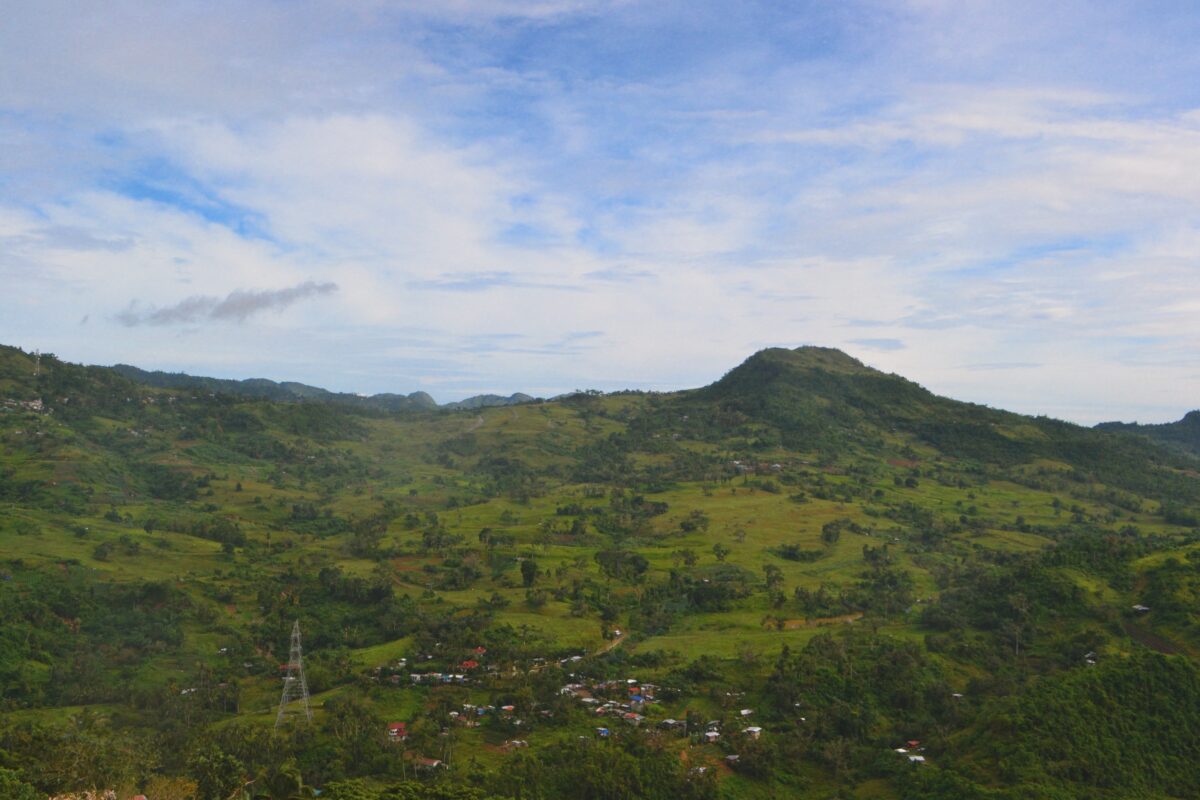
Now we’re on the last day of the itinerary. For this day I would recommend either booking a tour or renting a car to get to these places as jeepneys might not pass through these areas and it’s a bit complicated to get to. These attractions are all high up in the mountains so it may take a while to reach them. But believe me when I say that they’re all worth it.
We’ll start with the attraction that’s farthest from Cebu City and then work our way back to the closest one. All these places have dedicated parking areas which should make it easy for you to park your car. I recommend trying some of the coffee shops and restaurants in this area too, such as Outback Servo, Maharlicup, and Balay sa Busay.
Sirao Flower Gardens
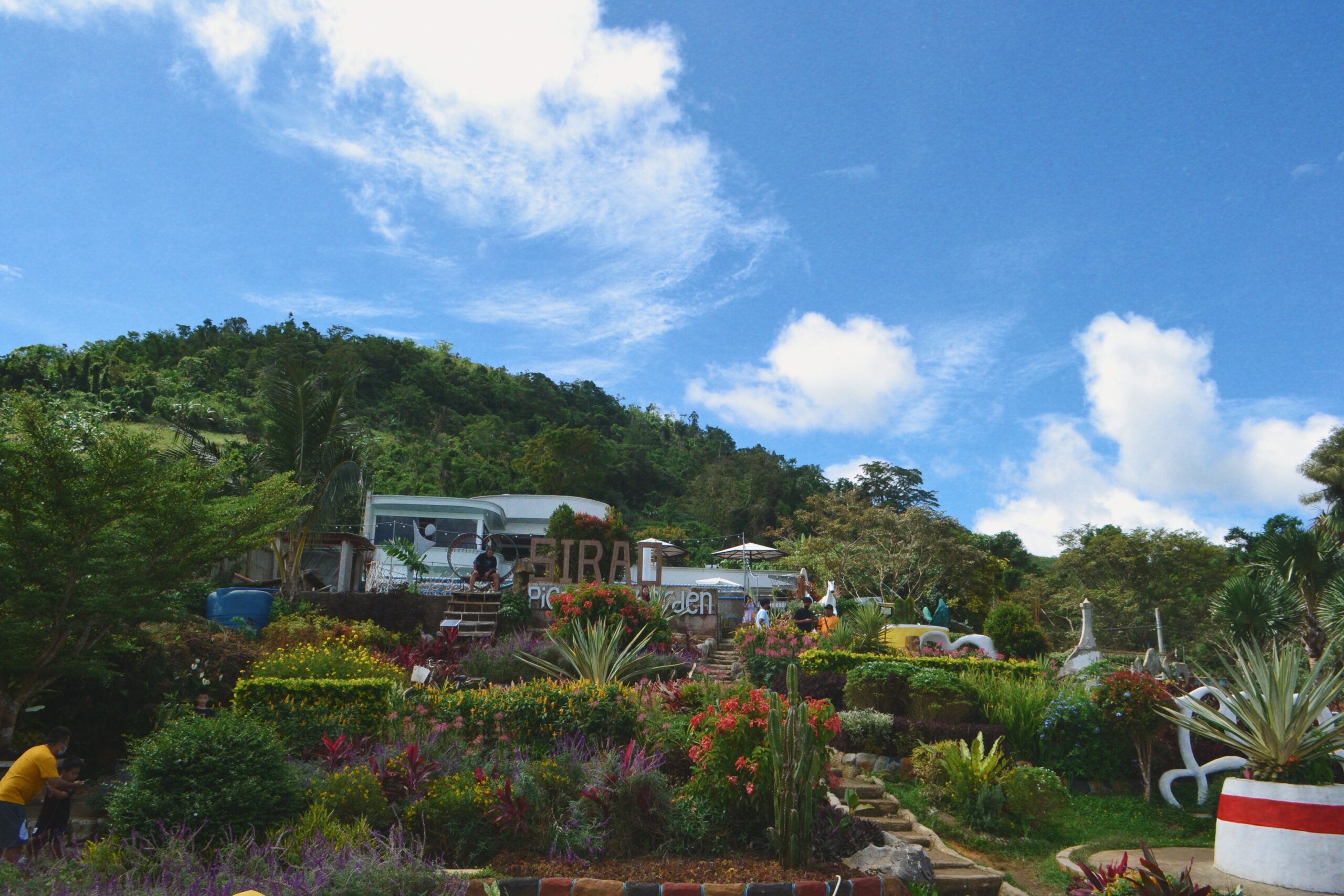
Your first stop will be Sirao Flower Gardens. There are two gardens, each with its own separate entry fee and parking area. The one to the right is the Little Amsterdam garden while the one on the left is the PGCS garden. The Little Amsterdam garden is bigger and has a wider array of flowers, but it’s also the more rundown of the two. If you only have time for one garden, I recommend the PGCS garden. The flowers are more colorful, the pictorial installations are more interesting, and its tiered design (similar to rice terraces) is more eye-catching. Definitely don’t miss this when you’re in Cebu.
Tops Lookout
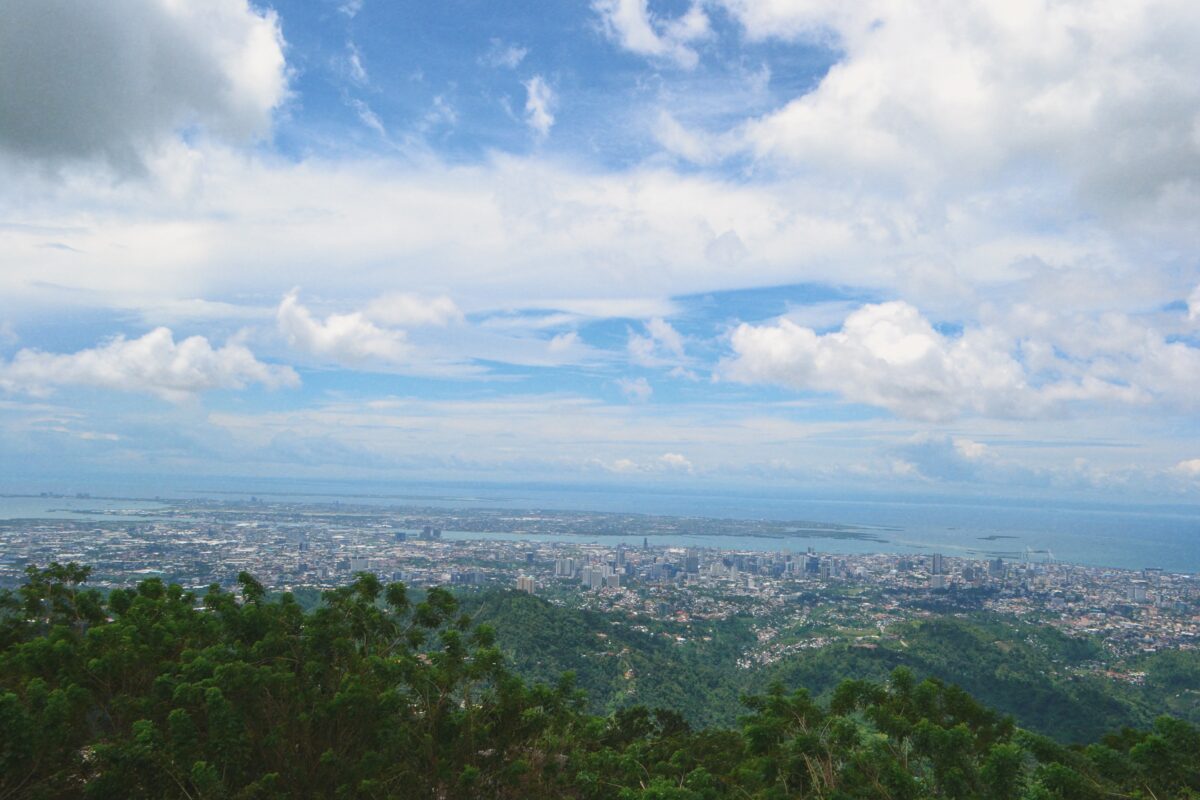
On the outside, this place looks decrepit. The grey walls and unusual, brutalist-like design of the barrack-like seating area makes it look unappealing. But let me tell you, the view from up there more than makes up for it. On a clear day you can even see the island of Bohol in the distance, not to mention all of Cebu City below you. It was breathtaking, to say the least, which is why I would highly recommend that you come here. Be sure to check out the bell that’s to the left of the complex as ringing it a certain number of times will, supposedly, strengthen certain relationships you may have.
The Temple of Leah
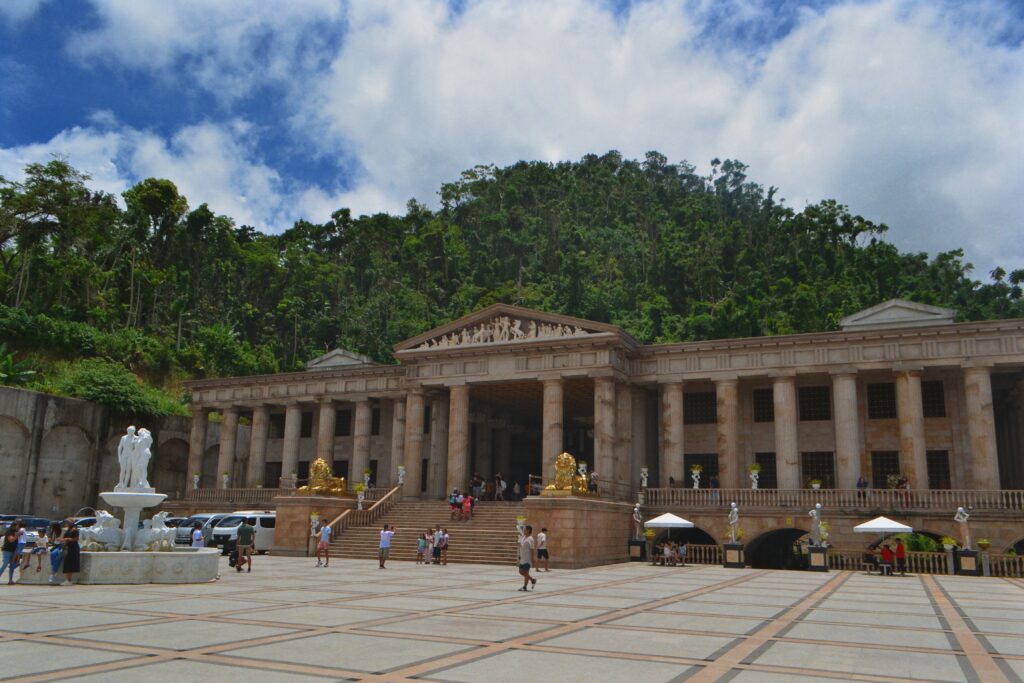
This impressive temple has a similar backstory to the Taj Mahal. A grieving widower named Teodorico Adarna built this temple in memory of his wife who passed away. The temple is relatively new but no less grand. The marble courtyard has stunning views of Cebu City while the temple itself is grandiose but not overbearing. There’s a gold statue of the matriarch in the lobby of the temple, which is adorned with two marble staircases and numerous chandeliers. Don’t forget to walk through and take pictures at the open-air hallways, with stone pillars flanking one side and windows into the temple’s interior on the other. This is a must-do on any Cebu itinerary.
Taoist Temple
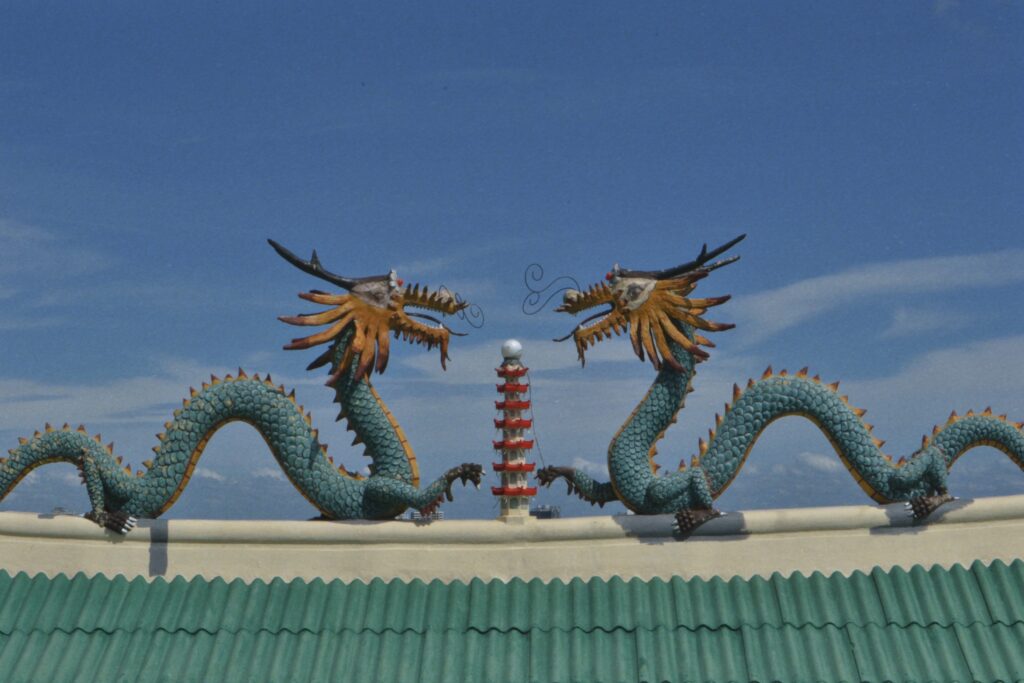
This multi-leveled temple offers a peek into the Chinese-Filipino culture present in the country. Taking up the side of a hill, this temple has a number of altars, koi ponds, and other religious fixtures. Admire the huge green dragon that calls the right side of the second floor its home, or try your luck at throwing a coin into a bowl in a water fixture on the third floor. The altars, which are the highlights of this attraction, are decorated beautifully. Take note, however, that you cannot take pictures of them. If you’ve been to a Taoist temple before, this is like a much more modern version of a typical taoist temple.
Cebu City Itinerary Conclusion
And that’s it! The only thing left to do is to book a trip to Cebu City. I hope you have a blast going through these attractions and I wish you luck on your Cebu City adventures.
If you found this Cebu City Itinerary helpful, consider subscribing to my newsletter to receive inspiration, tips, and insider secrets delivered straight to your inbox. Whether you’re planning your next adventure, daydreaming about far-off places, or seeking hidden gems closer to home, we’ve got you covered.
✨ Here’s What You’ll Get:
- Curated travel guides to iconic and off-the-beaten-path destinations.
- Budget-friendly tips and tips on solo traveling.
- Exclusive deals and must-know travel advice.
- Stories and trip reports to spark your wanderlust and make your trips unforgettable.
Travel smarter, deeper, and with more joy. Join our community of explorers today and never miss a chance to wander! Sign up down below!

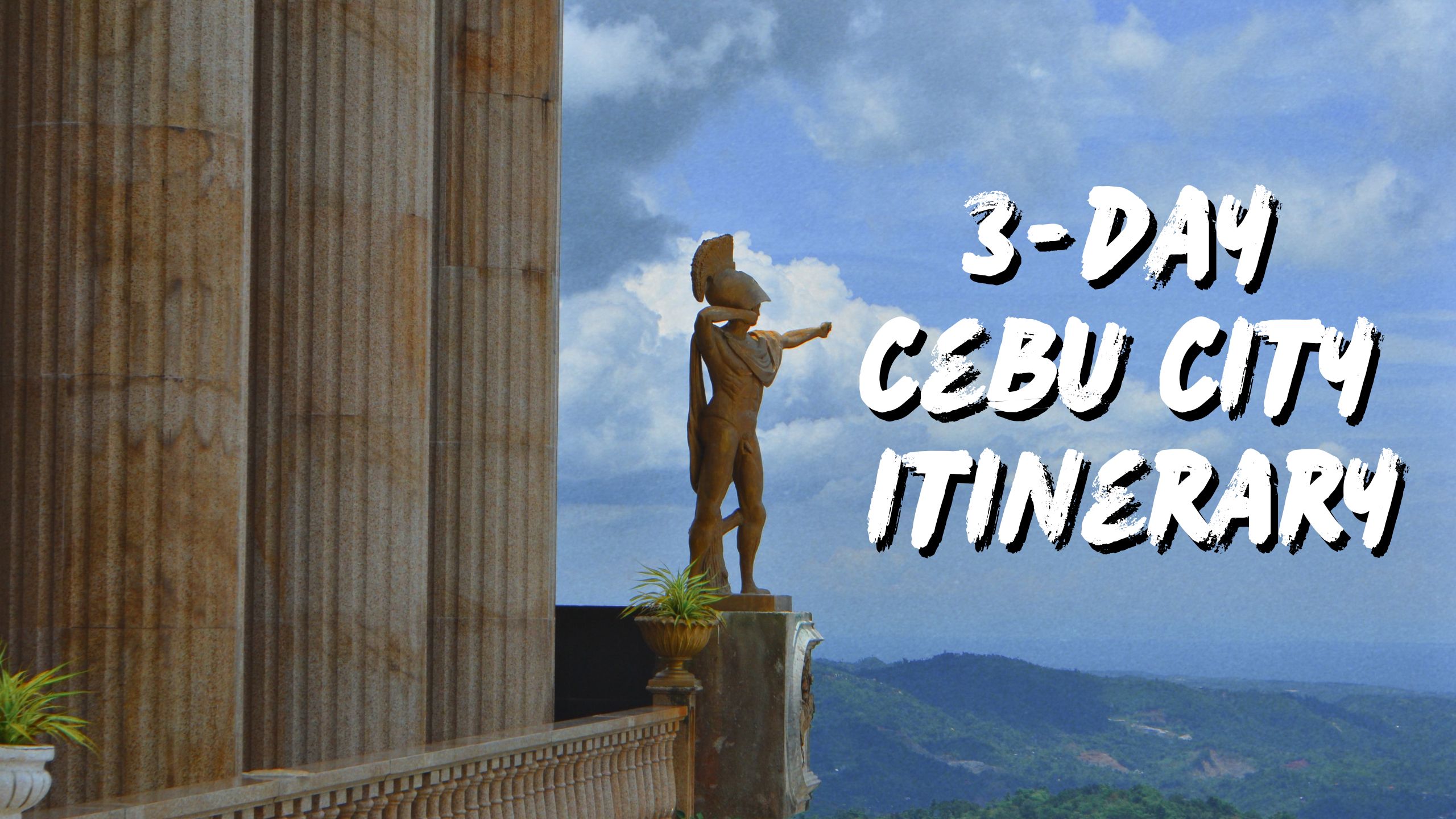



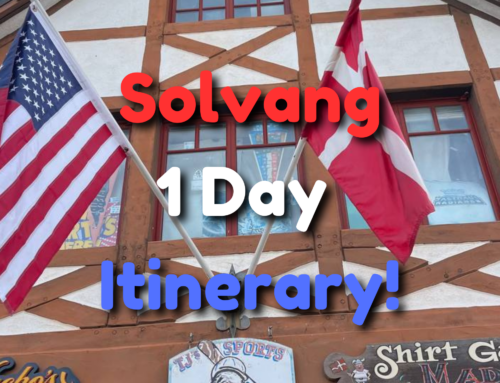
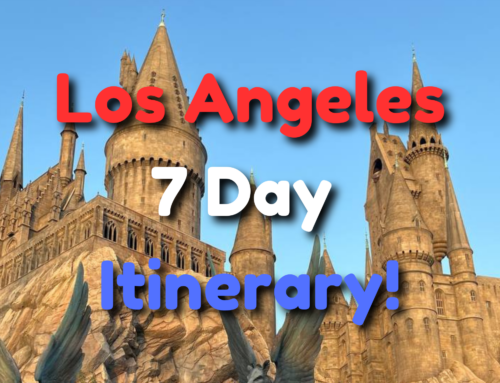

Leave A Comment